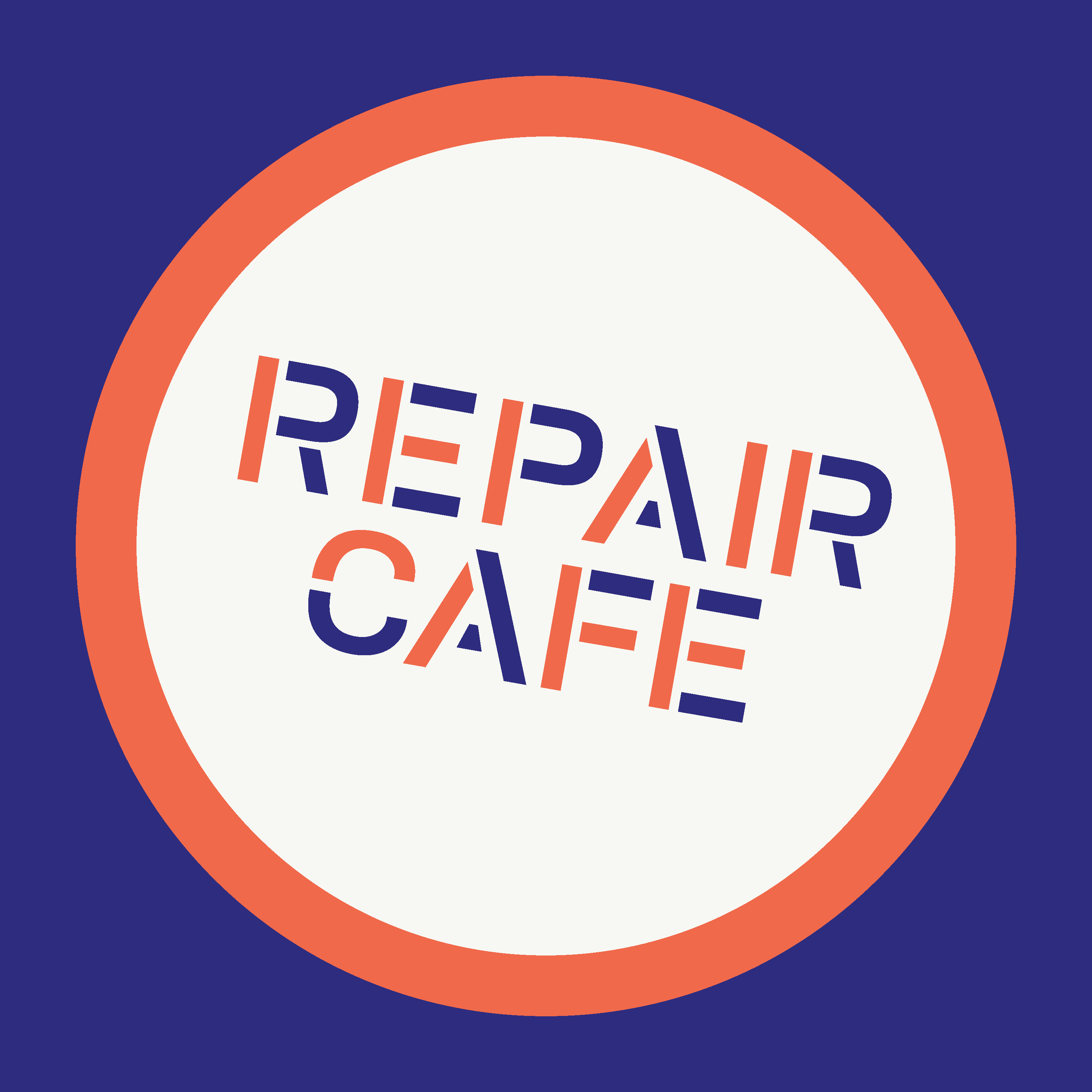
Do you have an overly loved personal item in need of repair? Threads that need patching up? A bike that needs fixing? A clock that’s stopped ticking? A stool on its last leg?
Toss it? No way!
Bring them to UQ’s Repair Café and they will be fixed for free by our apprentice fixers under the expert guidance of UQ Innovate staff.
UQ’s Repair Café aims to fix items that would otherwise go to landfill, and teach students and staff skills to repair their own broken items, all while enjoying a cuppa and chat.
The UQ Repair Café is a partnership between Engineers Without Borders UQ, UQ Innovate and the Sustainability Office.
To get involved, join the Engineers Without Borders' Repair Cafe Facebook Group.
Promoting a circular economy
A Repair Café promotes a circular economy system where materials never become waste. Instead, they are kept in circulation through processes like maintenance, refurbishment and recycling. You can read an excellent overview of the topic here.
You can also visit the website for the global Repair Café movement to learn more about how repair cafés aim to help reduce consumption of raw materials and energy by lowering the demand for new products. They also help attendees to build and swap skills that will help them to apply more circular economy principles in their everyday lives.
Our next UQ Repair Café event:
Check out the Engineers Without Borders' Repair Cafe Facebook Group for details on the next Repair Cafe event.
Please register your repair here.
